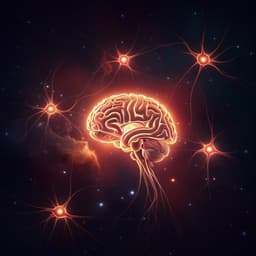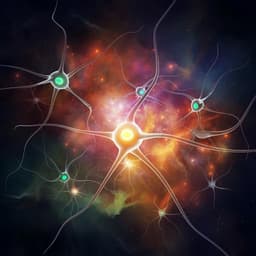
Medicine and Health
Brain lesions disrupting addiction map to a common human brain circuit
J. Joutsa, K. Moussawi, et al.
This groundbreaking research dives into the neural underpinnings of drug addiction, revealing a specific brain circuit associated with addiction remission. Conducted by a team of experts including Juho Joutsa, Khaled Moussawi, and Nora D. Volkow, this study offers insights that could pave the way for novel treatment strategies in addiction recovery.
Playback language: English
Related Publications
Explore these studies to deepen your understanding of the subject.







